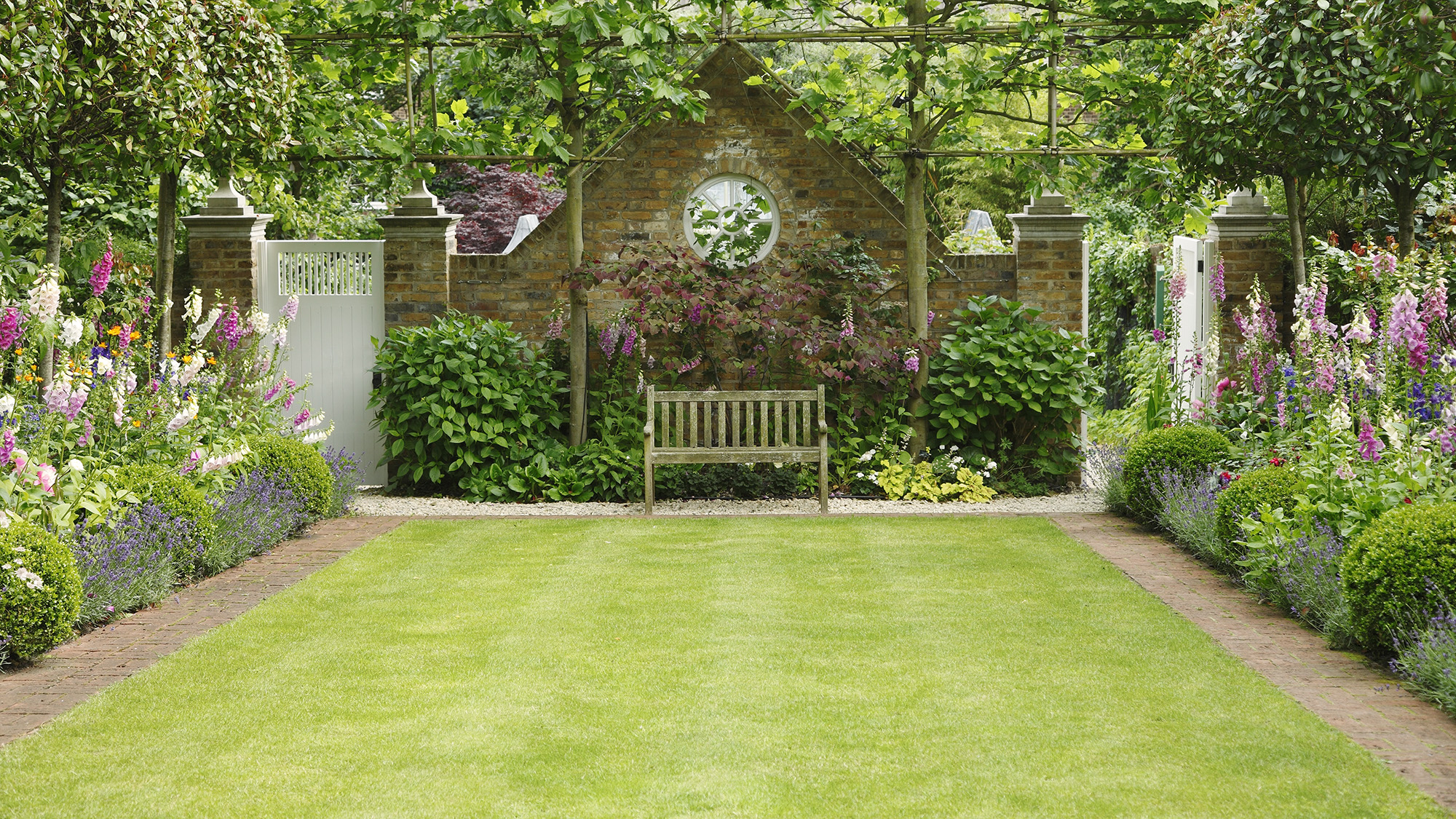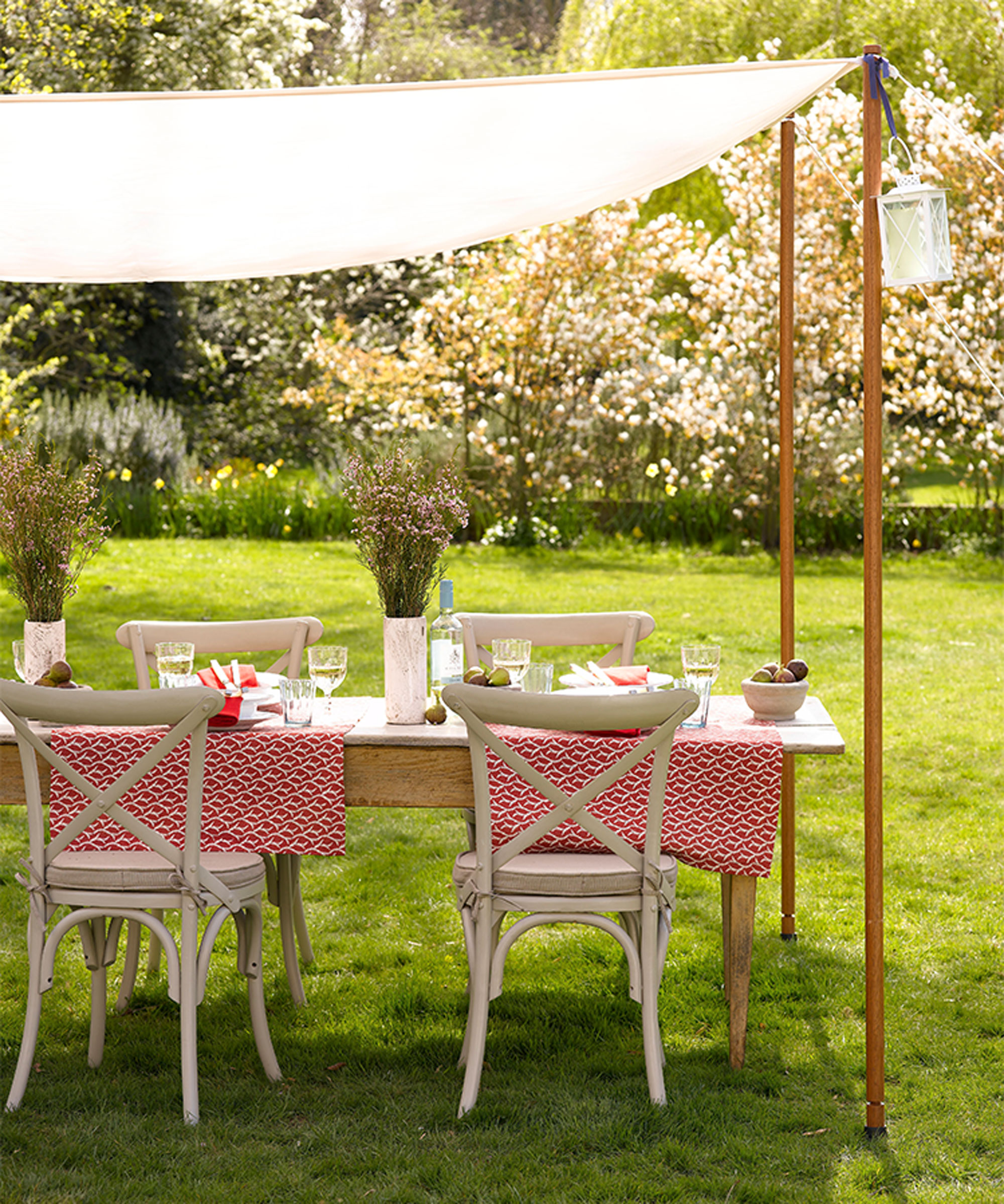How to grow grass in hot, dry weather – 5 steps to green grass, even in heatwaves
Knowing how to grow grass in hot, dry weather doesn't need to be a challenge – this is what the experts do for a green lawn, all summer long


It is that point of the year where knowing how to grow grass in hot, dry weather climbs to the peak of every gardener's priority list. While it may seem like a seemingly simple job to grow (and maintain) and green lawn, and the perfect lawn edging, during summer (over any other season of the year) these months bring high temperatures that can dry out your lawn and hinder the growing process.
Firstly, a good lawn should be at the heart of your backyard, so start by choosing the best fast-growing grass seed to give it a strong start. Timing is also essential, so find out when to plant grass seed to ensure your lawn has the best chance of year-round success.
However, with the right garden ideas, knowing how to grow grass in hot, dry weather doesn't need to be complicated. These are the steps the experts recommend, so you can enjoy a healthy lawn all summer long.
How to grow grass in hot, dry weather – 5 steps to success

'Plant growth faces great challenges in the future. Climate change has already affected agriculture, parklands, and other areas of green turf grass. Therefore, the need for robust, drought-tolerant crops and turf grasses has never been greater,' says Guy Jenkins, the Consumer Manager for Johnsons Lawn Seed.
So, how can you grow grass in hot, dry weather and keep it healthy through the heat? These garden landscaping ideas are a great place to start.
1. Pick warm-season grass
For the best chance of success, expert Jason White from All About Gardening urges you to pick up warm-season grass. 'If you are trying to grow a cold-season grass in warm weather, you are setting yourself up for failure,' he says.
He recommends Bermuda grass [such as this one on Amazon] or St. Augustine, which is also appropriate for the hot weather. 'Ensure the seed you use is high quality,' he adds.
Design expertise in your inbox – from inspiring decorating ideas and beautiful celebrity homes to practical gardening advice and shopping round-ups.

2. Water wisely
'Always water enough to at least keep the roots alive. This will ensure grass comes back when the water comes,' Jason says. But how often should you look to water new seeds?
The team at The Grass People suggests watering new seeds twice a day on days that are particularly sunny. They also recommend testing the grass' moisture to assess its hydration levels.
'To do this, drive a screwdriver into the soil. If it can reach up to 6/7 inches deep, it's perfect – if not, keep watering,' they say.
'If you aren't watering enough and your seed is sitting on top of hard, dry soil or buried too deep beneath it – you will experience issues with germination leaving you with a very dry garden for the summer season.'
3. Only mow when needed
While it is understandable that you will want to give your best lawn mower a trial on your new grass, the experts urge you to hold fire until necessary.
'It’s important that you don’t mow until the blades are at least 5-7cm in height – close mowing or early mowing can damage new seedlings who are just trying to find their way in the world and prevent further growth,' the Grass People say.
However, with rising temperatures (and the ever-possibility of rain) it is likely that your grass will grow at a notably fast rate. 'This is thanks to the perfect growth conditions that summer brings: heat, light, and moisture,' they add.

4. Watch your seed placement
'Make sure your seed isn't buried too deep or sitting on the surface otherwise, be prepared for it not to grow,' the Grass People team warns. Because while sunlight is essential to germinate, it also needs the combination of heat, moisture and air provided by the soil.
'When sowing new seed, you should rake the seed in so that it is around three [dollar] coins (stacked) beneath the surface; this gives it adequate space to grow and receive light while also providing protection from the element,' they add.
5. Don't opt for fertilizer
The sun is notorious for its ability to dry out your lawn; however, Guy warns against using fertilizer to fight its effects.
'Even if your lawn is in a sorry state, don't be tempted to reach for fertilizer during a drought,' he says. This counts for new grass seed or grass that may be drying out as a result of the season.
'When soil is bone dry, essential water is not present to transport the nutrients down to the roots – where it's needed. Applying some traditional fertilizers can result in scorch if put down in drought, making it even more of a false economy,' the expert says. Therefore, he urges you to stay away from fertilizers until the heatwave passes.

Megan is the Head of Celebrity Style News at Homes & Gardens, where she leads the celebrity/ news team. She has a history in interior design, travel, and news journalism, having lived and worked in New York, Paris, and, currently, London. Megan has bylines in Livingetc, The Telegraph, and IRK Magazine, and has interviewed the likes of Drew Barrymore, Ayesha Curry, Michelle Keegan, and Tan France, among others. She lives in a London apartment with her antique typewriter and an eclectic espresso cup collection, and dreams of a Kelly Wearstler-designed home.